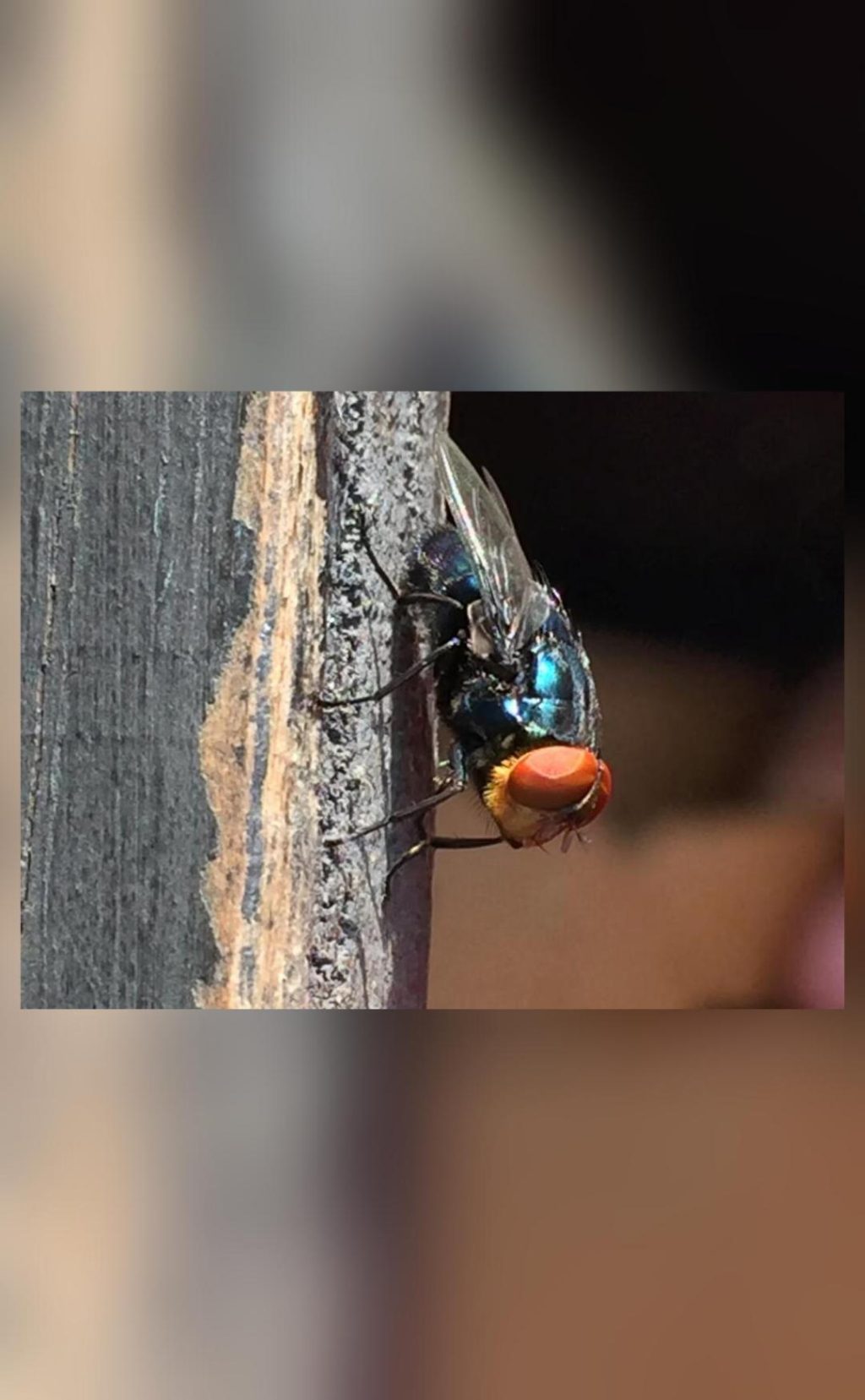
Why is US planning to breed screwworm flies & dump them from planes over Mexico?
The US government is preparing to take a unique approach to protect its beef industry from the threat of the New World screwworm fly, a flesh-eating pest that can cause significant economic losses to cattle farmers. The plan is to breed billions of male screwworm flies, sterilize them using radiation, and then dump them from planes over Mexico and southern Texas to mate with wild female flies, causing the population to die out over time. This unorthodox method may seem unusual, but it has been successfully used in the past to control the population of other insect pests.
The New World screwworm fly (Chrysops spp.) is a significant threat to the US beef industry, particularly in areas near the US-Mexico border. The larvae of the fly feed on the flesh of animals, including cattle, and can cause painful and potentially deadly infections. If left untreated, the infections can lead to significant economic losses for cattle farmers, as affected animals may need to be euthanized to prevent the spread of the disease.
The US Department of Agriculture’s Animal and Plant Health Inspection Service (APHIS) has been working with the University of Illinois to develop a program to control the population of the New World screwworm fly. The program involves breeding millions of male flies in a laboratory setting and then sterilizing them using radiation. The sterilized males will be released over a large area, where they will mate with wild female flies, resulting in offspring that will not be able to reproduce.
The program is based on the principle of “sterile insect technique” (SIT), which has been used successfully in the past to control the population of other insect pests. SIT involves breeding millions of sterile males in a laboratory setting and then releasing them into the wild, where they mate with wild females, causing the population to decline over time.
The US government has already used SIT to control the population of the Mediterranean fruit fly, a significant pest of citrus and other crops. The program was introduced in the 1950s and has been successful in reducing the population of the fly to near zero.
The program to control the New World screwworm fly using SIT is expected to begin in the coming months, with the first releases of sterilized male flies planned for southern Texas and Mexico. The program is expected to be highly effective in reducing the population of the fly, and may even lead to the eradication of the pest in the region.
The use of SIT to control the population of the New World screwworm fly is not without its challenges. One of the main challenges is ensuring that the sterilized males are able to mate effectively with wild females, which requires a deep understanding of the fly’s behavior and ecology. Additionally, the program will require significant resources, including funding and personnel, to breed and release the millions of sterile males needed to effectively control the population of the fly.
Despite these challenges, the use of SIT to control the population of the New World screwworm fly is an important step in protecting the US beef industry from this significant pest. The program is expected to be highly effective in reducing the population of the fly, and may even lead to the eradication of the pest in the region.
Conclusion
The US government is planning to breed billions of male screwworm flies and dump them from planes over Mexico and southern Texas to protect its beef industry from the flesh-eating larvae of the New World screwworm fly. The program is based on the principle of “sterile insect technique” (SIT), which has been used successfully in the past to control the population of other insect pests. The program is expected to be highly effective in reducing the population of the fly, and may even lead to the eradication of the pest in the region.
Source:



